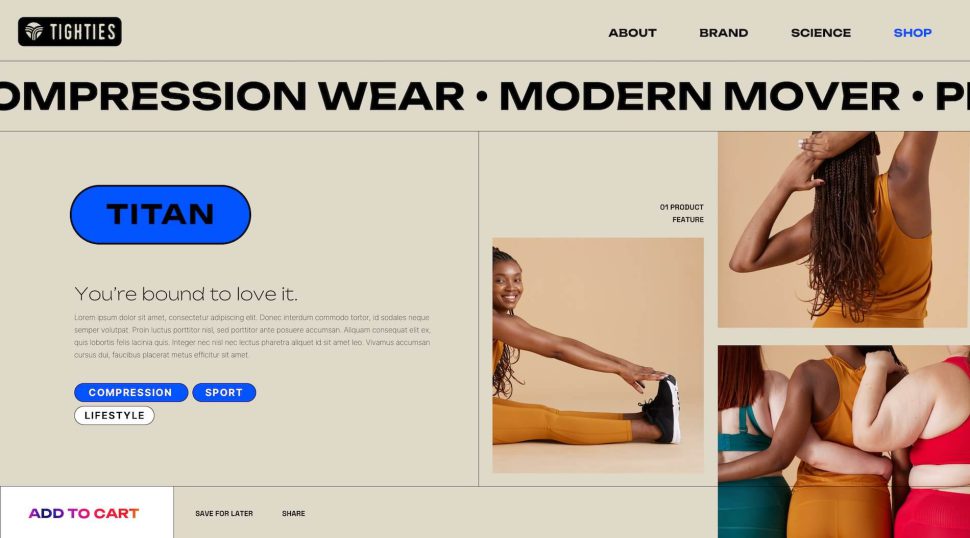
Understanding Mobile-First Design
Mobile-first design has become crucial for maximizing ROI. With the surge in mobile device usage, businesses must prioritize mobile-friendly user experiences. Mobile-first design ensures that websites and applications are optimized for mobile devices before expanding to larger screens.
Implementing mobile-first design involves focusing on simplicity, speed, and accessibility. This design approach streamlines navigation and enhances user satisfaction. Consequently, businesses can see higher engagement and conversion rates, leading to increased ROI.
Key Principles of Mobile-First Design
To maximize ROI, it is essential to understand the key principles of mobile-first design. These principles include responsive design, touch-friendly interfaces, and concise content.
-
✓
Responsive Design
A responsive design ensures that a website adjusts seamlessly to various screen sizes. This adaptability provides a consistent user experience across devices, crucial for retaining visitors and minimizing bounce rates.
-
✓
Touch-Friendly Interfaces
Mobile users rely on touch interactions. Therefore, interfaces should be designed with touch in mind. Larger buttons and touch targets enhance usability, making navigation intuitive and user-friendly.
-
✓
Concise Content
Mobile screens offer limited space, so content must be clear and to the point. Prioritize essential information and use compelling visuals to engage users quickly.
Benefits of Mobile-First Design
Adopting a mobile-first design offers numerous benefits that contribute to maximizing ROI. Improved user experience, higher search engine rankings, and increased engagement are key advantages.
Enhanced User Experience
Mobile users expect fast-loading, easy-to-navigate websites. A mobile-first design caters to these expectations, resulting in a positive user experience. Satisfied users are more likely to convert into customers, boosting ROI.
Better SEO Performance
Search engines prioritize mobile-friendly websites in their rankings. Implementing mobile-first design can improve a website’s SEO performance, leading to higher visibility and traffic. Increased organic traffic often translates into higher conversions and revenue.
Increased User Engagement
With mobile-first design, users can easily access and interact with content. Simplified navigation and optimized visuals encourage users to spend more time on the site. Higher engagement levels can lead to improved brand loyalty and increased sales.
Strategies for Implementing Mobile-First Design
Implementing mobile-first design effectively requires strategic planning. Start by analyzing user behavior, prioritizing essential features, and testing the design thoroughly.
Analyze User Behavior
Understanding how users interact with your site on mobile devices is vital. Use analytics tools to gather data on user behavior. This information can guide your design decisions, ensuring that the most frequently used features are easily accessible.
Prioritize Essential Features
When designing for mobile, prioritize the most critical features and content. Focus on elements that drive user action, such as call-to-action buttons and contact forms. Streamlining content helps maintain a clean and efficient interface.
Test Thoroughly
Extensive testing is essential to ensure a flawless mobile experience. Test your design across various devices and screen sizes. User feedback can also highlight areas for improvement, allowing for adjustments before the final launch.
Conclusion
Maximizing ROI with mobile-first design is achievable by understanding its principles, reaping its benefits, and implementing strategic practices. As mobile usage continues to rise, prioritizing mobile-first design becomes indispensable for businesses aiming to enhance user experience and drive revenue.






